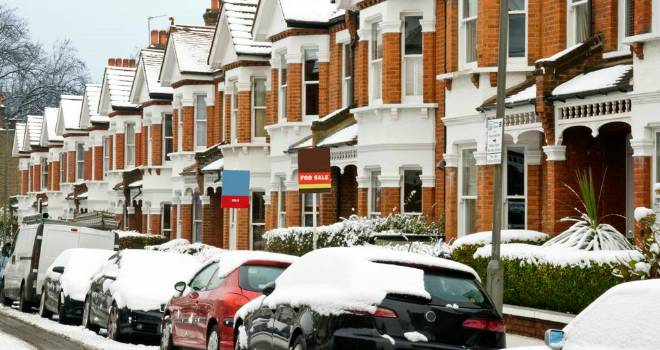
There were 63,170 house purchase approvals in April 2014, 6% lower than in March. House purchase approvals have fallen 17% over the last three months, with 13,000 fewer monthly home loans in April than in January 2014, when there were 76,251.
Compared to twelve months ago, house purchase approvals rose 15.3% in April. But the recent monthly falls are stalling the recovery of the mortgage market.
Richard Sexton, director of e.surv chartered surveyors, explains:
“The new MMR regulations introduced last month have temporarily slowed lending in the market. Borrowers must now prove that they can withstand potential interest rate rises up to 7%, as well as answering a host of detailed questions about future finances. But the slowdown has also come from the supply side. Lenders have invested time training staff and implementing lengthier advisory meetings, which has capped their capacity to process applications. It has led to an interim lending lull. But this is more than made up for by the benefits of the new system: ensuring lending is sustainable and borrowers can afford their repayments even when the base rate begins rising.
“MMR is not the only regulation putting the brakes on lending. The Bank of England are increasing stress testing of the top eight lenders, to make certain they can withstand a 35% fall in house prices – making them more resilient to any future financial problems. That means banks will need to build capital buffers, which may result in a further lending slowdown in the short-term.”
The mortgage market remains accessible to first-time buyers despite the monthly fall in house purchase approvals. There were 9,412 loans to borrowers with a deposit worth 15% or less of the total value of their property in April 2014, 48% higher than twelve months before (6,358) and over three times as many as in April 2009 (2,903). The average LTV was 62.7% in April 2014, compared to 60.5% a year previously, and 51.8% five years ago.
Help to Buy has been one initiative driving forward the number of first-time buyers – typically high LTV borrowers with less of a deposit saved. In its opening year, there were just under 20,000 loans to home-owners using the equity loan part of the scheme, 87.5% of which were to first-time buyers, according to the Department for Communities and Local Government (DCLG).
The number of first-time buyers reached a pre-recession high in March, according to the latest First Time Buyer Tracker from LSL Property Services. There were 31,400 first-time buyer sales in March, the highest since August 2007, as the average first-time buyer deposit fell 10% in a year.
Richard Sexton, director of e.surv chartered surveyors, explains:
“Monthly lending may have fallen back, but the market remains accessible to first-time buyers. Banks are lending much more to high LTV borrowers, and Help to Buy is enabling buyers struggling to put together a deposit to get on the ladder. Add to the mix the cocktail of economic good news – falling inflation, higher employment – and the picture is even more positive.
“But there is one thing holding back lending from returning to pre-recession levels. There is a lack of homes on the market, and a shortage of choice for prospective buyers. This is putting off homeowners from moving, because it is pushing property prices upwards. We need more new housing stock to add fresh momentum to the housing market. To support that, we should ease planning regulation, in order to make it easier to get new projects underway.”
The property market is much more accessible to first-time buyers in the North of the UK. 26% of house purchase approvals were to borrowers with a deposit worth 15% or less of the total value of their property in April – the highest proportion of any region of the UK. The North East & Cumbria and the North West also contained high proportions of high LTV lending in April, 25% and 24% respectively.
Richard Sexton, director of e.surv chartered surveyors, explains:
“The housing market is recovering across the country. London and the South East may be dominated by cash-rich buyers snapping up property for investments, but the North is home to many lower income borrowers getting onto the property ladder for the first time. Help to Buy is particularly needed in these regions, to help borrowers put together the deposit they need to make the first step onto the housing ladder.”





